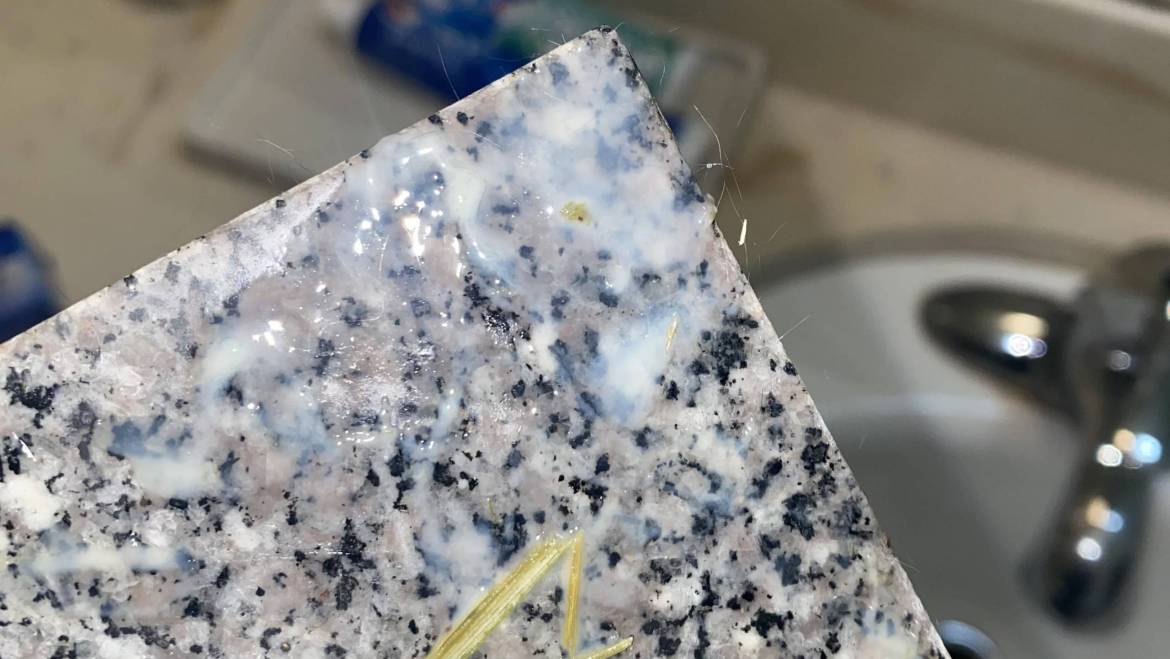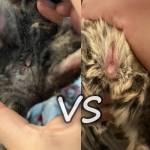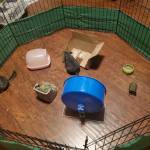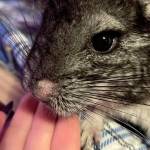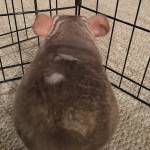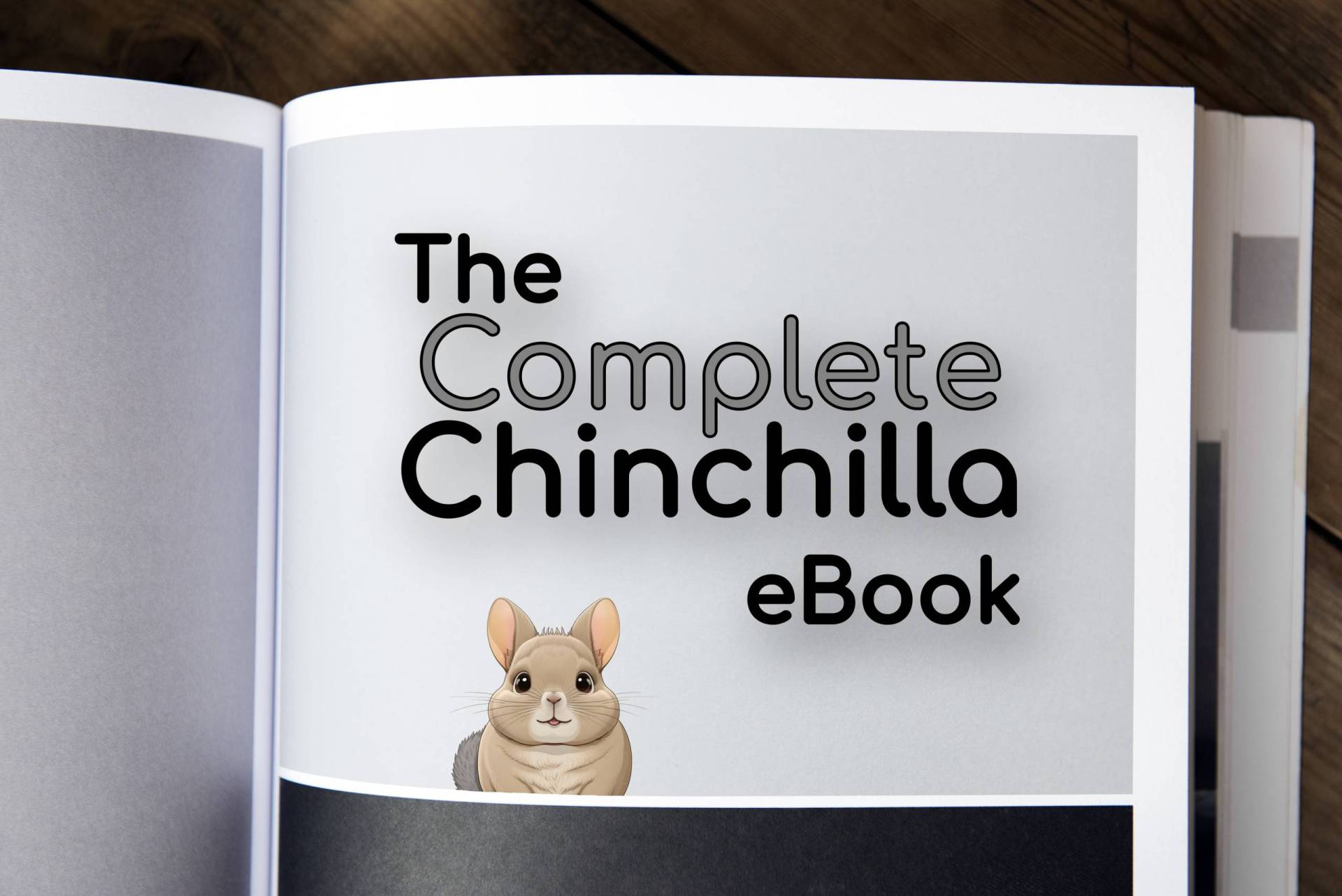Chinchillas, those adorable and endearing pets that capture our hearts, require meticulous and attentive care to ensure their well-being. However, despite the best of efforts, female chinchillas can be struck by the ominous condition known as pyometra. An affliction that should not be taken lightly, pyometra can have grave consequences if left untreated. In this article, we shall embark on a comprehensive exploration of the causes, symptoms, and treatment of this dire condition as it pertains to our beloved chinchillas.
Understanding Pyometra
When it comes to the intricate and often perplexing world of chinchilla health, few conditions strike as much fear and concern as the notorious pyometra. This insidious bacterial infection takes hold in the uterus of female chinchillas, wreaking havoc on their delicate systems. While the causes of pyometra are multifarious and complex, ranging from hormonal imbalances to bacterial infections to even genetics, one fact remains undisputed: if left untreated, pyometra can have dire and potentially life-threatening consequences. Thus, it is essential that we delve deeper into the intricacies of this ominous affliction, exploring its many nuances and uncovering the most effective methods of diagnosis and treatment.
Causes of Pyometra in Chinchillas
As we delve deeper into the enigmatic realm of pyometra in chinchillas, it becomes clear that the causes of this nefarious affliction are as diverse as they are intricate. From bacterial infections that can run rampant in unsanitary and unkempt living conditions to hormonal imbalances that can be triggered by factors as disparate as stress, aging, and improper nutrition, the origins of pyometra are multifaceted and perplexing. However, perhaps the most common culprit in the development of pyometra is the insidious bacterial infection, which can take hold in the unsuspecting uterus of female chinchillas, unleashing a storm of complications and potential health hazards. Nonetheless, we cannot overlook the crucial role that genetics play in determining the susceptibility of our beloved chinchillas to this dire condition, as some may be genetically predisposed to this affliction, thus making early detection and proactive measures all the more vital.
Symptoms of Pyometra in Chinchillas
When it comes to the elusive and often confounding symptoms of pyometra in chinchillas, the list can be as diverse as it is daunting. From vaginal discharge that can signal the presence of the bacterial infection to the loss of appetite that can lead to weight loss and even lethargy, the signs of this affliction are both varied and challenging to decipher. Furthermore, female chinchillas suffering from pyometra may also exhibit signs of depression and respiratory distress, further complicating the diagnosis process. Given the multifaceted nature of these symptoms and the potential severity of the condition, it is crucial that chinchilla owners remain vigilant and proactive in seeking veterinary attention at the earliest signs of distress.
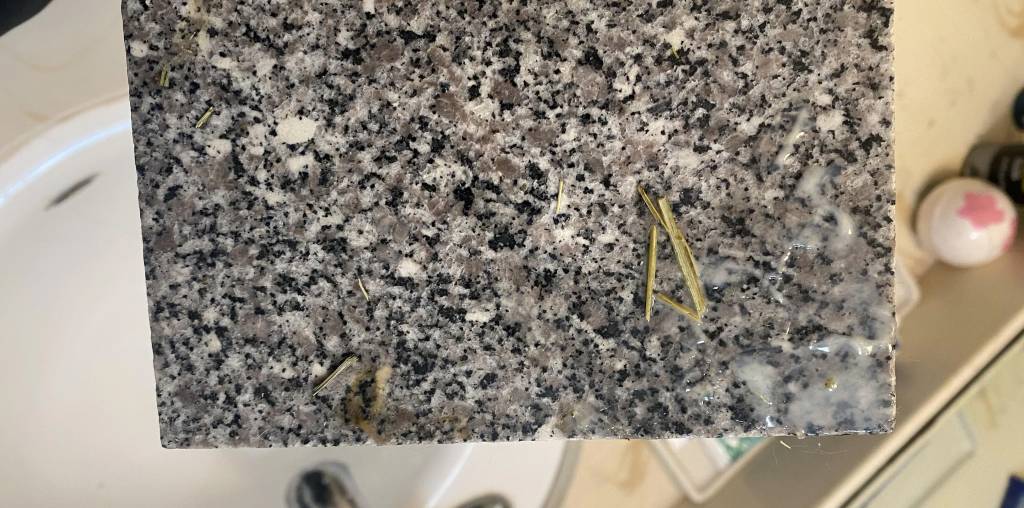
Diagnosis of Pyometra in Chinchillas
The process of identifying this insidious bacterial infection is both intricate and perplexing. Furthermore, in some cases, a bacterial culture may be necessary to pinpoint the exact cause of the infection and determine the most effective course of treatment. With such an intricate and multifaceted diagnostic process, it is essential that chinchilla owners remain vigilant and consult with only the most experienced and knowledgeable veterinarians to ensure the best possible outcomes for their beloved pets.
Treatment of Pyometra in Chinchillas
Navigating the complex and bewildering landscape of pyometra treatment in chinchillas can be a daunting task, requiring both skill and precision. Typically, this multifaceted condition is addressed through a two-pronged approach, combining the judicious use of antibiotics to treat the bacterial infection with the delicate and intricate surgical removal of the infected uterus. While antibiotics can help manage the infection, surgery remains the preferred option, offering the best chance for a complete and thorough recovery while minimizing the risk of the condition spreading to other parts of the body.
Once surgery is complete, however, the true challenge begins, as diligent and meticulous postoperative care is essential to ensuring a full and thorough recovery. From providing the necessary medication and rest to ensuring a pristine and hygienic living environment, chinchilla owners must remain vigilant and proactive in their approach to postoperative care, with no detail too small to overlook. Only through a comprehensive and multifaceted approach to treatment and aftercare can chinchillas suffering from pyometra hope to make a full and complete recovery.
As we come to the end of this perplexing and enigmatic exploration of pyometra in chinchillas, it is essential to emphasize the critical importance of early intervention in treating this complex and multifaceted condition. Armed with a comprehensive understanding of the diverse and often elusive factors that contribute to pyometra, chinchilla owners can take proactive and decisive steps to protect their pets from this insidious and potentially life-threatening infection.
By remaining ever vigilant and proactive in the face of this complex and dynamic challenge, chinchilla owners can offer their pets the best possible chance for a full and complete recovery, all while minimizing the risk of recurrence and future complications. So take heed, dear reader, and never underestimate the power of knowledge and diligence when it comes to caring for these adorable and beloved pets.

